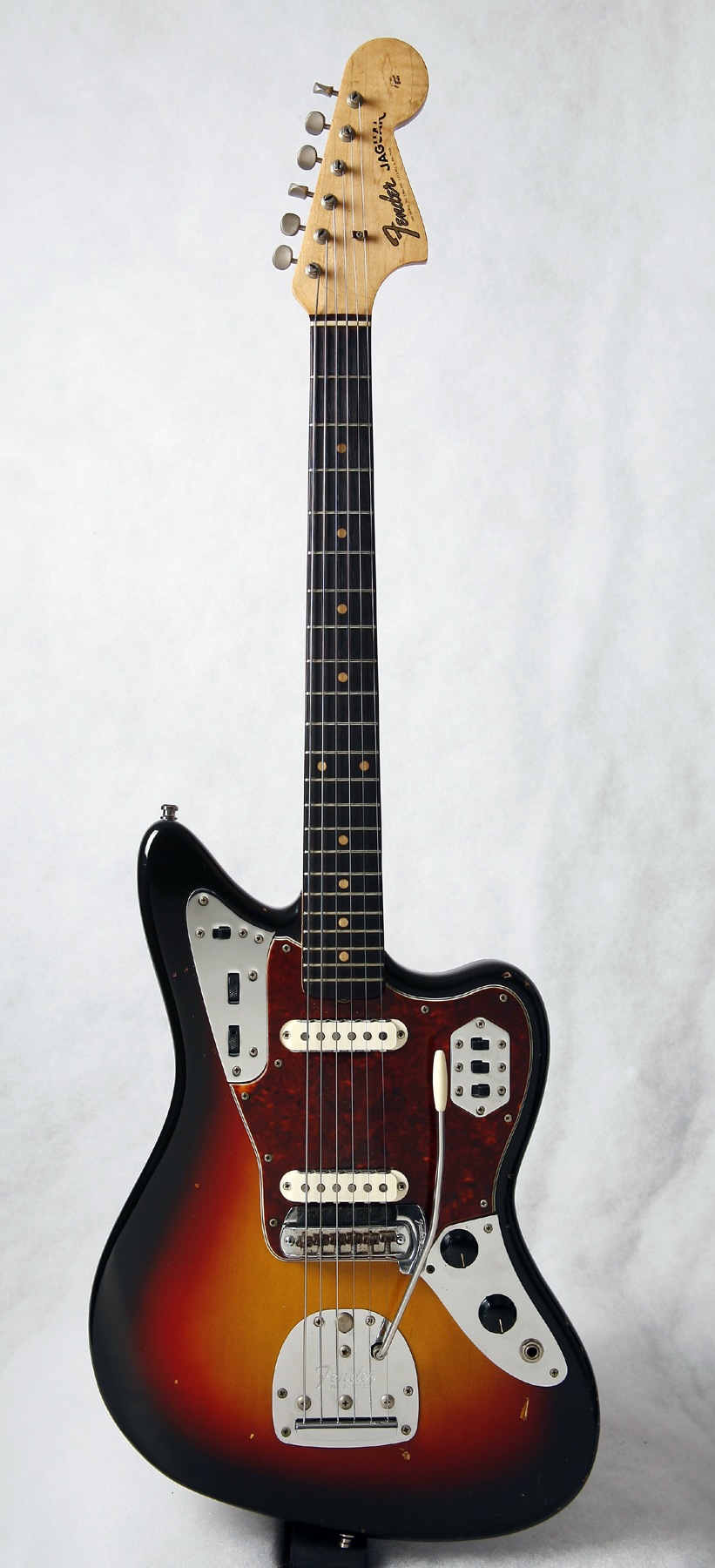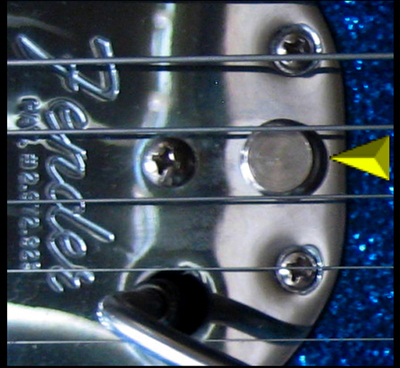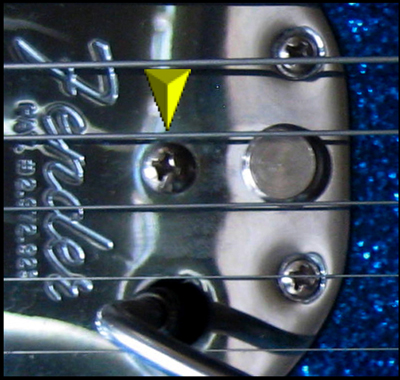Deep Water: The Down-Tuning Advantages of a Fender Jaguar Bridge System

OK, by now, we've all worked the Strat thing to the point of making that guitar, or some variation of it, a part of almost every electric guitar player's arsenal. We also just work around, or just avoid, some of the limitations of the Strat-style vibrato bridge.
One of the limitations is that you cannot D-tune, or down-tune a guitar with a floating Strat-style bridge without it going drastically out of tune. The same goes for when you break a string. The whole guitar goes out of tune.
Some people set up a Strat with the bridge flat on the body to avoid these issues, but I think that really takes away from the charm of a Strat. Subtle tremolo bar effects are really compromised if the bridge is not floating off the body.
But just because you have more than one Strat doesn't mean you want to haul a bunch of them to shows just to cover all the songs you want to play that have different drop tunings. Drop-D and Drop-C are just two that I like. I used to have a dedicated Strat for each of those tunings.
With a Strat-style vibrato bridge, if you want a nice floating bridge that gives you a nice, smooth vibrato action, you will need to set up the guitar specifically for the altered tuning.
So the big surprise is that Leo Fender figured out a fix. With a properly set-up Jazzmaster / Jaguar-style bridge system, you can down-tune from standard tuning, and the guitar will still be in tune, and, as a bonus, you can still use the tremolo bar, though only go down in pitch when down-tuned. This also can allow you to keep playing if you break a string in the middle of a song.
Here I am playing some stuff doing some down-tuning on the fly. First I'm in standard tuning, then Drop-D, then Drop-C, then back up to standard tuning with no problem:
Get The Pick Newsletter
All the latest guitar news, interviews, lessons, reviews, deals and more, direct to your inbox!
Dave Wronski Down-Tuning a Fender Jaguar on the Fly

To properly setup a Jaguar-style tremolo so that you can down-tune a string, or continue to play in tune after breaking a string and still be able to use the vibrato bar, follow these steps:
1. First, tune the guitar. Then hold down the the vibrato bar as low as it will go, and push the round sliding lock back toward the Fender logo, and then let go of the tremolo bar.

2. Pull up on the vibrato bar. If there is some upward movement possible before you feel it stop, turn the tension screw clockwise to close the gap. As you continue to turn the screw clockwise, you will not be able to pull the vibrato bar up as far, until you get to the point where you cannot pull up the vibrato bar at all.

3. Tune the guitar again. If you can pull up the vibrato bar, and it moves a bit before hitting inside, tighten the tension screw some more.

4. The end result we're looking for:
~ The guitar is in tune
~ The tension screw is tightened just enough so that the mechanism is "zeroed." That means that when you gently pull up on the vibrato bar, it's the tiniest distance to when you feel it hit.
5. Now slide the lock forward toward the headstock. The vibrato works normally.
6. When you want to down-tune a string, push the sliding lock back toward the Fender logo. Down-tune any string, and you can now use the vibrato bar with the guitar remaining in tune.
Thanks for checking out this technique! Hope it made some sense to you. If I see any questions in the comments section below, I'll get to them as quickly as I can.
Till next time,
~ dave
Guitarist Dave Wronski is one third of Slacktone, a Southern California-based modern surf band that has toured the world and elsewhere. He also has written and recorded music for TV-show themes, commercial soundtracks and films. For more info, visit DaveWronski.com.
Music © Dave Wronski
“Wins out on battery life, stealthy aesthetics and its well-judged Cable Tone feature”: Blackstar Airwire i58 review
“A distinctive brightness that no other strings have been able to capture”: How Rotosound revolutionized the bass world with its Swing Bass 66 strings – and shaped the sound of rock music in the process










